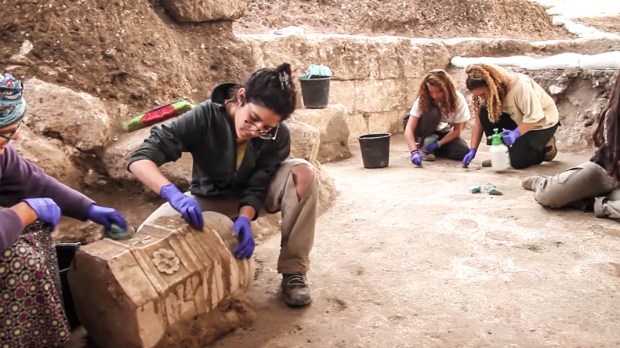Archaeologists working with the Israel Antiquities Authority discovered the site in which a major early Christian church once stood, in the central Israeli town of Beit Shemesh. As the team discovered extraordinary mosaics, crucifixes and iconic Christian architecture at the site, they were able to date both these findings and the building itself as belonging to the 4th century.
The church, which was in use for around 300 years from the 4th to the 7th century, most likely expanded into a monastic complex throughout the years, as explained by Haaretz.
It is known that the Beit Shemesh area was populated mostly by Christians from the time of Constantine (ruling from 306 to 337). But the mosaics found in this particular church are quite exceptional, as they reveal custom-made artistry. Most mosaic artists then would work with patterns already established, so finding new shapes, motifs and designs implies the building had a particular importance of its own. In fact, these mosaics also include green stones that must have been imported, as there is nothing like them in the region.
Also, the church is big when compared to other communal regular churches in the area, and is built in marble, which would have been imported from Turkey.
Read more in the original article published by Haaretz here.

